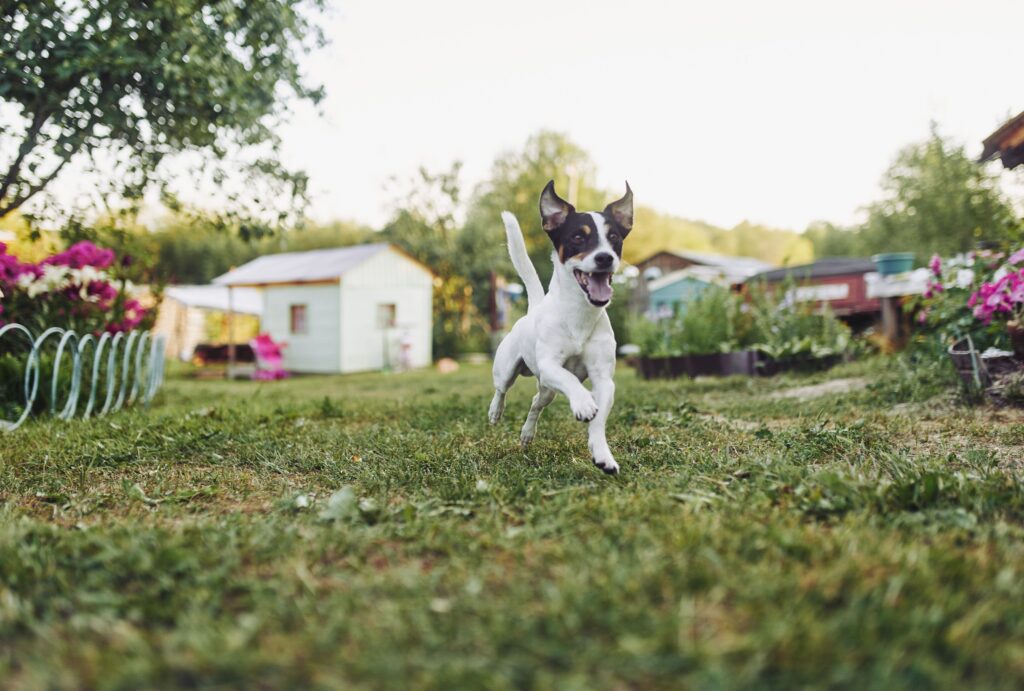Effective Strategies for Keeping Dogs Out of Your Garden
Gardening can be a fulfilling pursuit, but many dog owners face the challenge of protecting their plants from their enthusiastic pets. Dogs often take a keen interest in digging up seeds and munching on young plants, causing frustration for their owners. Below are several practical strategies to create boundaries, ensuring a thriving garden while accommodating your furry companions.
1. Fencing
A well-placed fence can effectively prevent dogs from accessing garden areas. According to Kasey Bersett Eaves, owner of Vivant Gardening Services in Chicago, a fence height of 18 to 24 inches generally suffices for most dog breeds. If you have a larger or more agile dog, consider a taller fence.
The material of the fence can vary, including options like wrought iron, wood, or lightweight aluminum, allowing flexibility in design to complement your garden’s aesthetic.
Fences can also deter wildlife such as deer and rabbits, serving a dual purpose.
2. Raised Beds
Implementing raised garden beds offers a practical solution to deter dogs from digging. Eaves notes that beds elevated by at least one foot are effective boundaries that can also enhance the garden’s visual structure.
While many dogs prefer to dig on the ground, some may try to investigate raised beds. A gentle correction can help reinforce that these areas are off-limits, and regularly planted beds can dissuade pets from approaching them.
3. Hedges
Using hedges or dense shrubs provides both beauty and a natural barrier in the garden. Eaves recommends selecting species that are safe for dogs to avoid any health hazards if they nibble on plants. Temporary fencing can be utilized while the hedges are establishing, helping your pet adjust to a new boundary.
4. Motion-Activated Sprinklers
Motion-activated sprinklers can be an innovative solution to both hydrate your garden and keep pets away. Eaves suggests these are particularly effective, as they activate upon detecting movement. However, they might not suit all dogs—some may find them playful, while others might develop anxiety about going outside.
5. Embracing Your Dog’s Presence
If attempts to keep your dog out of the garden fall short, consider accepting a bit of wear and tear as part of cohabitating with your pet. Eaves emphasizes that a garden should be an inclusive space, enjoyed by both humans and animals alike. Designing areas that cater to both plants and pets can foster harmony.


